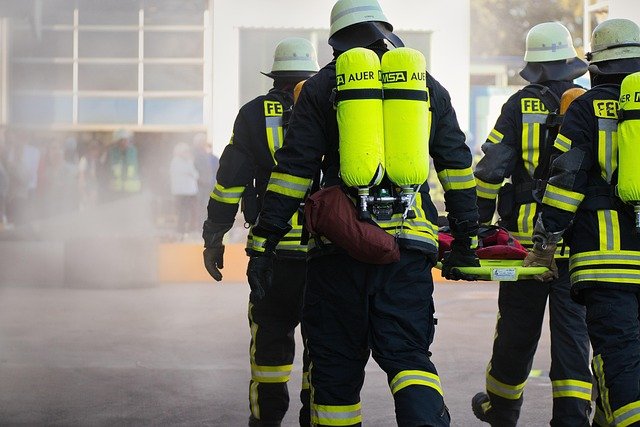Preparing for physical and cognitive fitness tests for response roles
Preparing for fitness assessments for response roles requires a focused approach to both physical conditioning and mental readiness. Candidates should build endurance, strength, and task-specific skills while practicing scenario-based decision-making. Consistent training, familiarization with equipment, and understanding assessment criteria improve performance and safety during recruitment and certification processes.

How should I prepare for emergency physical tests?
Physical tests for emergency response roles measure cardiovascular endurance, strength, agility, and functional movement under load. Train with a mix of aerobic conditioning (running, stair climbing, interval training) and strength work that targets the posterior chain, shoulders, core, and grip. Include functional movements that mirror task demands, such as dragging, carrying, and ladder work. Schedule progressive overload and rest days to reduce injury risk. Regular mock tests under timed conditions help build pacing and confidence without introducing new risks at the last minute.
What rescue skills and drills should I practice?
Rescue-focused drills bridge fitness and technique: casualty drags, simulated victim carries, confined-space movement, and team lift maneuvers. Repeated, supervised practice refines posture, breathing, and partner coordination. Use scenario-based drills that simulate smoke, limited visibility, or uneven terrain, while practicing proper donning and doffing of protective gear. Incorporate communication drills to maintain situational awareness during noisy or chaotic scenarios. Frequent, structured rehearsals help convert strength and stamina into reliable rescue actions under stress.
How does safety and equipment factor into training?
Safety and familiarity with equipment are central to effective testing and real-world response. Train while wearing standard gear to understand how weight, heat retention, and restricted movement affect performance. Practice routine equipment inspections, basic maintenance, and safe handling of hoses, tools, and personal protective equipment. Emphasize heat-acclimation, hydration strategies, and appropriate warm-up/cool-down routines. Working with local services or training stations for supervised equipment practice reduces the risk of injury and improves practical competence.
What certification and qualifications are assessed?
Assessments often verify basic certifications and job-specific qualifications rather than employment offers. Common checks include CPR/basic life support, hazardous materials awareness, and job-relevant certifications required by a jurisdiction or agency. Cognitive evaluations may assess decision-making, situational judgment, and incident prioritization, while physical tests confirm the ability to perform essential duties. Be familiar with the stated recruitment criteria and certification timelines so you can plan training and any required recertification well ahead of application deadlines.
How do cognitive tests simulate response scenarios?
Cognitive fitness assessments evaluate attention, memory, processing speed, and scenario-based judgment relevant to emergency response. Exercises can include multi-tasking simulations, map interpretation, incident size-up, and prioritization of resources amid evolving hazards. Train cognitive resilience through scenario drills and stress inoculation: practice making clear, documented decisions under time pressure, and debrief to identify cognitive slips. Mental rehearsal, checklists, and situational awareness drills reinforce consistent decision patterns that testing panels often look for.
What routines support prevention, hazard awareness, and recruitment readiness?
Daily routines that blend physical conditioning, equipment checks, and study of safety protocols improve preparedness. Regular inspections of gear, participation in station drills, and reviewing hazard prevention standards build practical competence. Engage in cross-training for flexibility and mobility, and include drills that simulate inspections and prevention tasks so these become second nature. Keep a training log documenting drills, fitness milestones, and certifications to demonstrate commitment during recruitment and to guide targeted improvements.
This article is for informational purposes only and should not be considered medical advice. Please consult a qualified healthcare professional for personalized guidance and treatment.
In conclusion, preparing for physical and cognitive fitness tests for response roles is a structured process: combine targeted fitness work, realistic rescue drills, equipment familiarity, and scenario-based mental practice. Consistency, measured progression, and attention to safety and certification requirements will better position candidates to meet assessment standards while supporting effective, safe response performance in stations and field operations.






